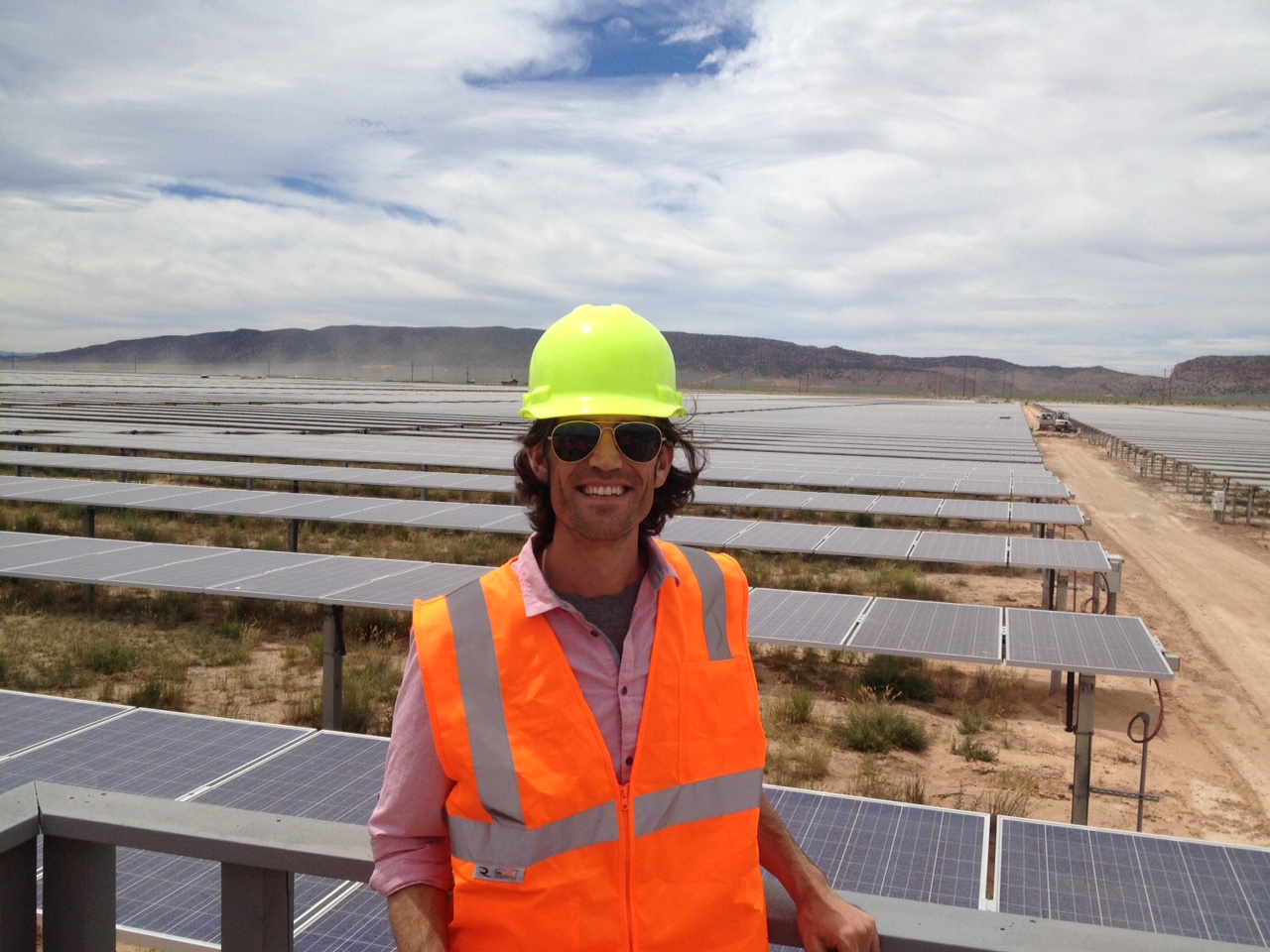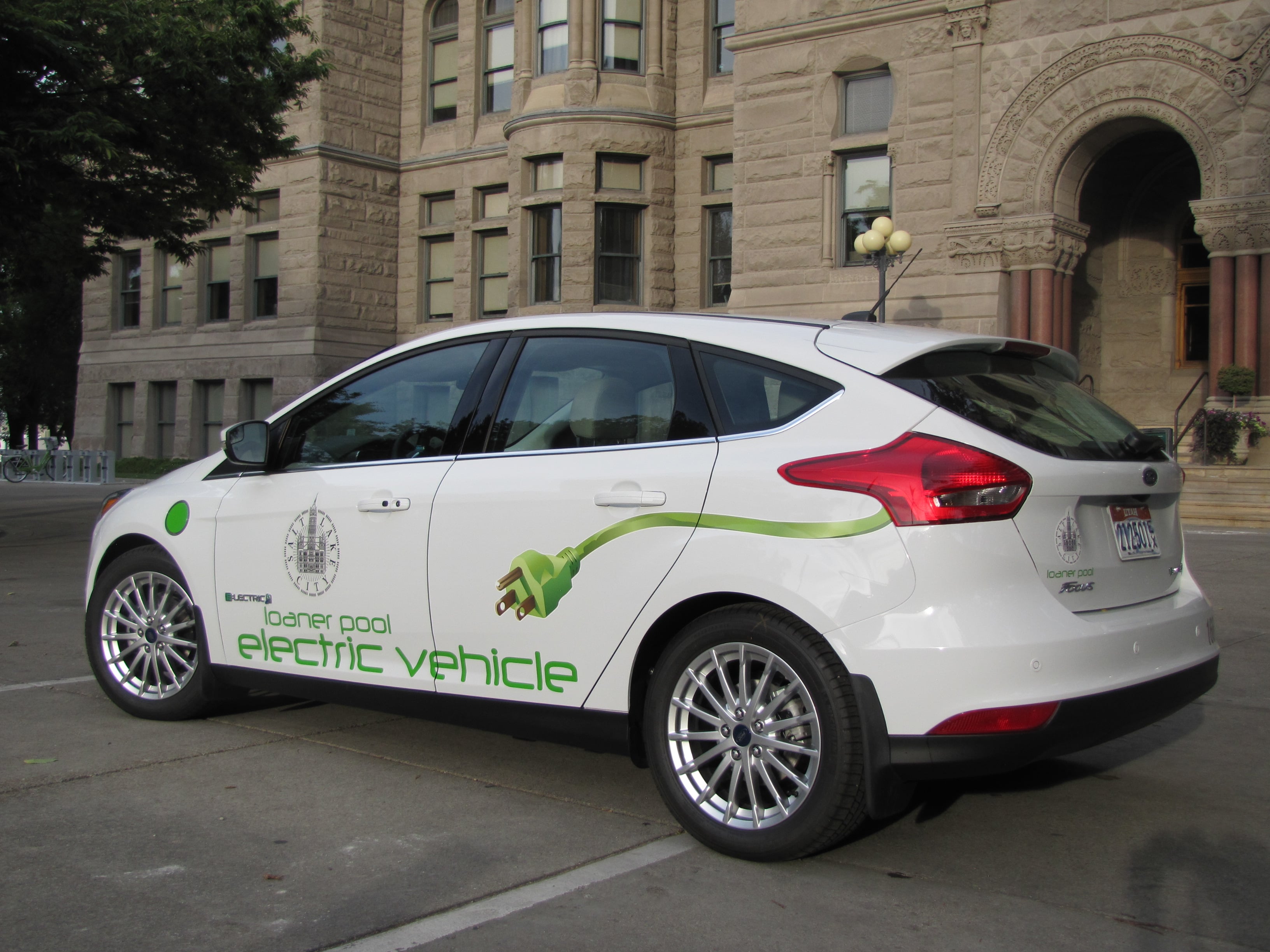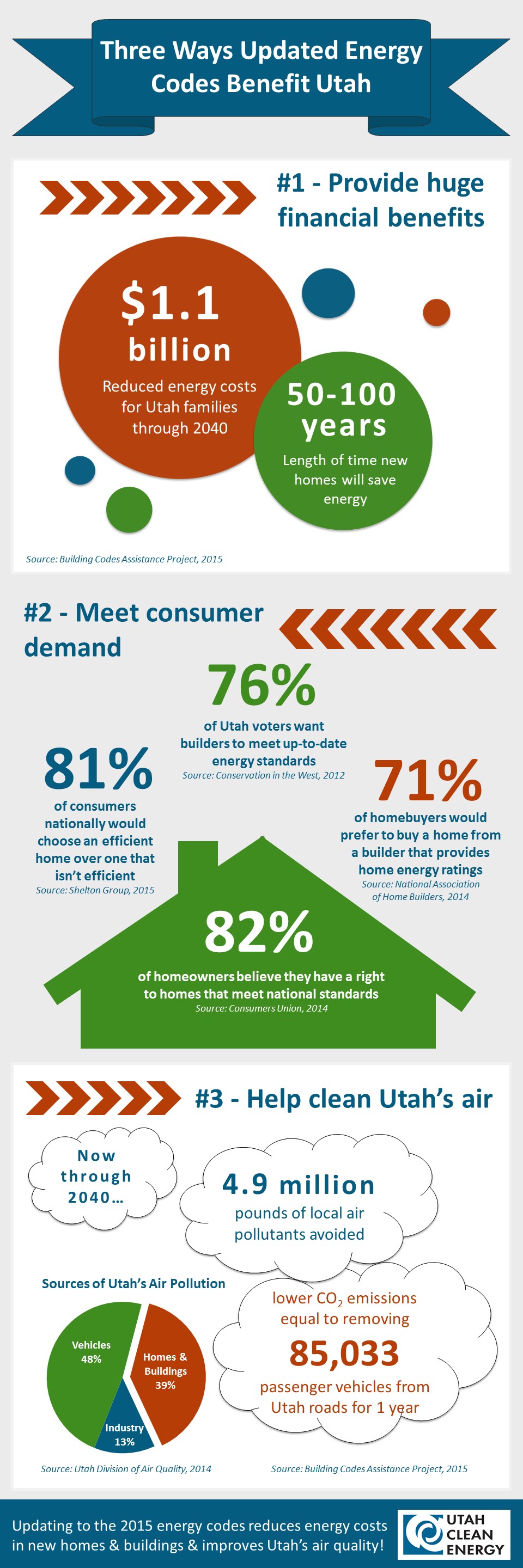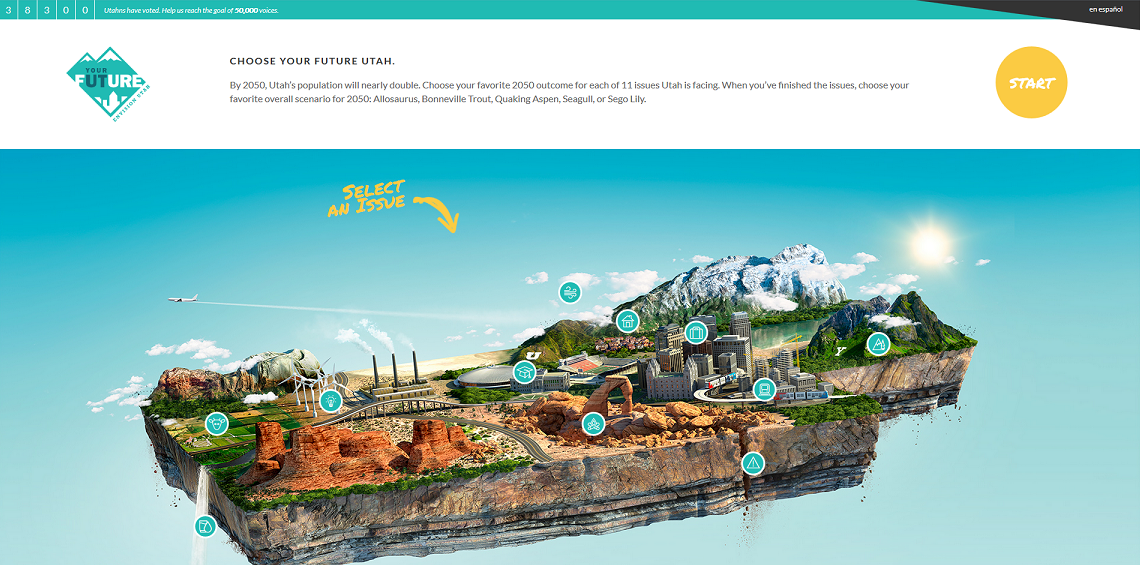SALT LAKE CITY – Today, Salt Lake City Mayor Ralph Becker released a letter signed by more than 50 U.S. mayors from around the country signaling support for President Obama setting the strongest possible clean air protections against smog pollution, also known as ground-level ozone.
“Poor air quality is one of the most significant threats to our quality of life here in Salt Lake City,” said Mayor Becker. “Stronger smog protections will help our families breathe easier and spend more time outdoors, without having to worry about the quality of the air we breathe.”
According to the American Lung Association, inhaling smog pollution is like getting a sunburn on your lungs and often results in immediate breathing trouble. Long term exposure to smog pollution is linked to chronic respiratory diseases like asthma, reproductive and developmental harm, and even premature death. Children, seniors, and people with asthma are especially vulnerable to smog’s health impacts.
Salt Lake City is taking action to reduce its impact on air quality by increasing electric vehicle infrastructure, reducing fleet tailpipe emissions and replacing two-stroke maintenance equipment with more efficient models. Explore all of the actions Salt Lake City is taking to reduce air pollution at www.SLCgreen.com.
The letter was signed by a diverse coalition of local leaders and supports efforts by President Obama and the U.S. Environmental Protection Agency to stay true to the science and issue protections consistent with the recommendations from leading public health organizations like the American Lung Association, the American Academy of Pediatrics, and American Health Association.
Media Contact:
Kate Lilja Lohnes
Communications Manager
Salt Lake City, Division of Sustainability
(801) 535-7755








